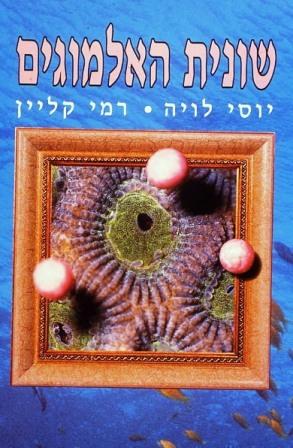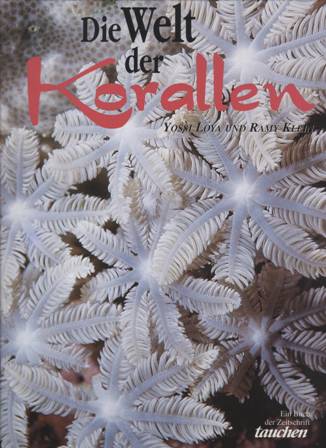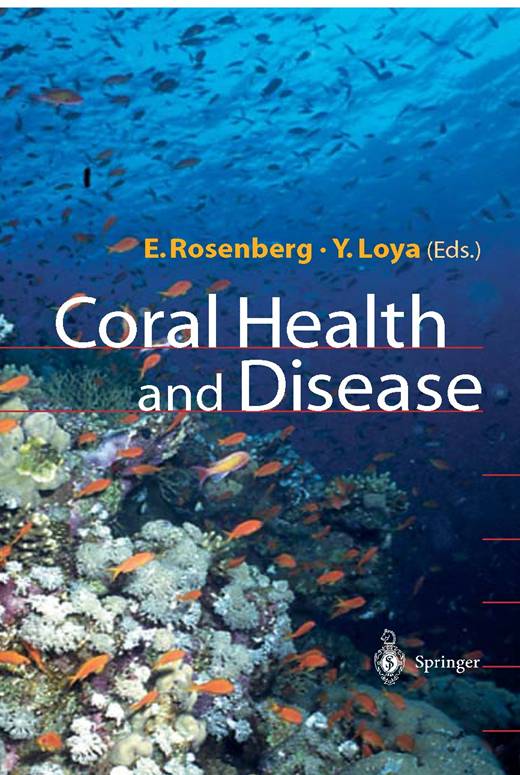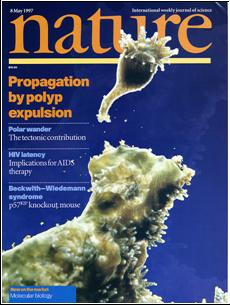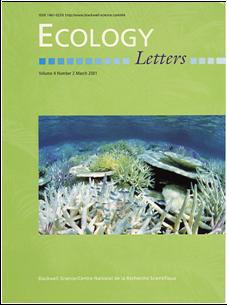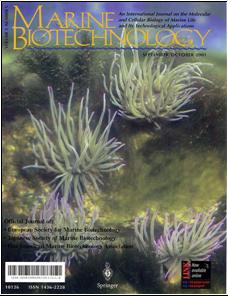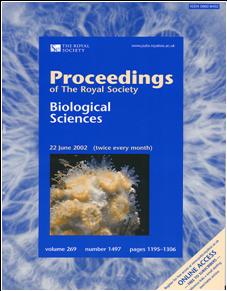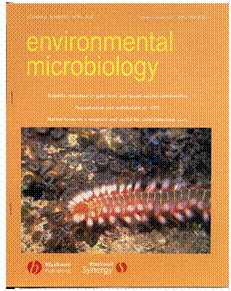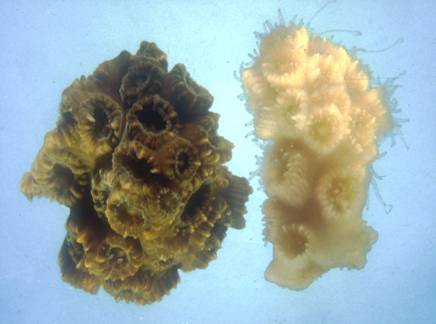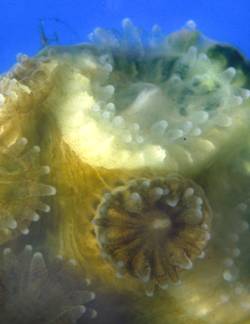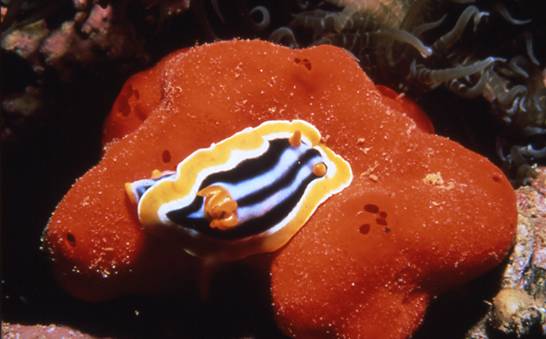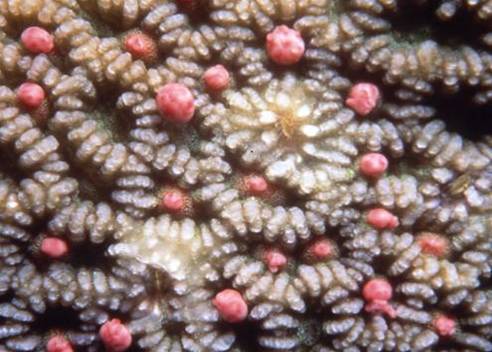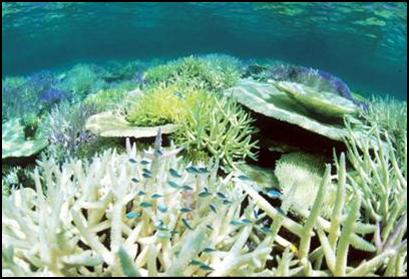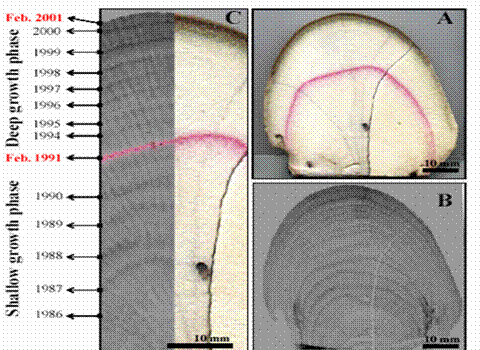|
||||||||||||||||||||||||||||||||||||||||||||||||||||||||||||||||||||||||||||||||||||||||||||||||||||||||||||||||||||||||||||||||||||||||||||||||||||||||||||||||||||||||||||||||||||||||||||||||||||||||||||||||||||||||||||||||||||||||||||||||||||||||||||||||||||||||||||||||||||||||||||||||||||||||||||||||||||||||||||||||||||||||||||||||||||||||||||||||||||||||||
|
||||||||||||||||||||||||||||||||||||||||||||||||||||||||||||||||||||||||||||||||||||||||||||||||||||||||||||||||||||||||||||||||||||||||||||||||||||||||||||||||||||||||||||||||||||||||||||||||||||||||||||||||||||||||||||||||||||||||||||||||||||||||||||||||||||||||||||||||||||||||||||||||||||||||||||||||||||||||||||||||||||||||||||||||||||||||||||||||||||||||||
|
Personal Information |
||||||||||||||||||||||||||||||||||||||||||||||||||||||||||||||||||||||||||||||||||||||||||||||||||||||||||||||||||||||||||||||||||||||||||||||||||||||||||||||||||||||||||||||||||||||||||||||||||||||||||||||||||||||||||||||||||||||||||||||||||||||||||||||||||||||||||||||||||||||||||||||||||||||||||||||||||||||||||||||||||||||||||||||||||||||||||||||||||||||||||
|
||||||||||||||||||||||||||||||||||||||||||||||||||||||||||||||||||||||||||||||||||||||||||||||||||||||||||||||||||||||||||||||||||||||||||||||||||||||||||||||||||||||||||||||||||||||||||||||||||||||||||||||||||||||||||||||||||||||||||||||||||||||||||||||||||||||||||||||||||||||||||||||||||||||||||||||||||||||||||||||||||||||||||||||||||||||||||||||||||||||||||
|
Research Interests |
||||||||||||||||||||||||||||||||||||||||||||||||||||||||||||||||||||||||||||||||||||||||||||||||||||||||||||||||||||||||||||||||||||||||||||||||||||||||||||||||||||||||||||||||||||||||||||||||||||||||||||||||||||||||||||||||||||||||||||||||||||||||||||||||||||||||||||||||||||||||||||||||||||||||||||||||||||||||||||||||||||||||||||||||||||||||||||||||||||||||||
|
||||||||||||||||||||||||||||||||||||||||||||||||||||||||||||||||||||||||||||||||||||||||||||||||||||||||||||||||||||||||||||||||||||||||||||||||||||||||||||||||||||||||||||||||||||||||||||||||||||||||||||||||||||||||||||||||||||||||||||||||||||||||||||||||||||||||||||||||||||||||||||||||||||||||||||||||||||||||||||||||||||||||||||||||||||||||||||||||||||||||||
|
Students and Lab Members |
||||||||||||||||||||||||||||||||||||||||||||||||||||||||||||||||||||||||||||||||||||||||||||||||||||||||||||||||||||||||||||||||||||||||||||||||||||||||||||||||||||||||||||||||||||||||||||||||||||||||||||||||||||||||||||||||||||||||||||||||||||||||||||||||||||||||||||||||||||||||||||||||||||||||||||||||||||||||||||||||||||||||||||||||||||||||||||||||||||||||||
|
Ph.D. students
M.Sc. students
|
||||||||||||||||||||||||||||||||||||||||||||||||||||||||||||||||||||||||||||||||||||||||||||||||||||||||||||||||||||||||||||||||||||||||||||||||||||||||||||||||||||||||||||||||||||||||||||||||||||||||||||||||||||||||||||||||||||||||||||||||||||||||||||||||||||||||||||||||||||||||||||||||||||||||||||||||||||||||||||||||||||||||||||||||||||||||||||||||||||||||||
|
Selected Publications |
||||||||||||||||||||||||||||||||||||||||||||||||||||||||||||||||||||||||||||||||||||||||||||||||||||||||||||||||||||||||||||||||||||||||||||||||||||||||||||||||||||||||||||||||||||||||||||||||||||||||||||||||||||||||||||||||||||||||||||||||||||||||||||||||||||||||||||||||||||||||||||||||||||||||||||||||||||||||||||||||||||||||||||||||||||||||||||||||||||||||||
|
Books
Y. Loya and R. Klein (1996). "Coral Reefs" Translated to German "Die Welt der Korallen Encyclopadie der Unterwasserwelt" 312 pp Jahr–Verlag GmbH & Co. Hamburg Y. Loya and R. Klein (1996) "Coral Reefs" Translated to Dutch- "De Wereld van het koraalrif: Encyclopedie van de onderwatererwereld" 312 pp Jahr–Verlag GmbH & Co. Hamburg
E. Rosenberg and Y. Loya (eds.) (2004). "Coral Health and Disease" Springer, Berlin, Heidelberg, New York
Selected publications (articles) 4. Y.Loya, L.B. Slobodkin (1971). The coral reefs of Eilat (Gulf of Eilat, Red Sea).
Proc. Zool. Soc.
London 28: 117-140.
Red Sea.Mar.
Biol., 13: 100-123.
of Red Sea corals.
Mar. Biol., 29: 177-185. Nature, 259: 478-480.
Nature, 261: 490-491. 14. Y. Benayahu & Y. Loya (1977). Space partitioning by stony corals, soft corals and algae in the northern Gulf of Eilat, Red
Sea.Helgolander
wiss. Meeresunters 30: 362-382. Coral Reefs: Research Methods. D R. Stoddart and R.E. Johannes (eds.). UNESCO Press,
5:
197-218. 20. Bradbury R.H., Y. Loya (1978). A heuristic analysis of spatial patterns of hermatypic corals at Eilat, Red Sea. Amer. Natur., 112: 439-507.
Mar. Ecol. Prog.
Ser., 1: 77-80. I.Gonads and planulae.Mar. Ecol. Prog. Ser., 2: 133-144. 23. B. Rinkevich & Y. Loya (1979).The reproduction of the Red Sea coral Stylophora pistillata. II. Synchronization in breeding and
seasonality
of planulae shedding. Mar. Ecol. Prog.
Ser. 2: 145-152.
Mar. Ecol. Prog. Ser.,
2: 167-180.
fulvum
fulvum (Forskal, 1775). Biol.
Bull., 165: 353-369.
Helgol.
wiss. Meeres., 37: 99-112. reproduction. Oecologia, 66: 100-105.
of zooxanthellae and animal tissue in the Red Sea coral Stylophora pistillata Fifth Int. Coral Reef Congress, Tahiti, 6:119-123.
50. Y. Schlesinger, Y. Loya (l985). Coral community reproductive patterns: Red Sea versus the Great Barrier Reef.
Science,
228: 1333-1335. communities on two coral reefs of the Great Barrier Reef. Coral Reefs, 5: 73-79.
Sinai desert during the late Quaternary inferred from fluorescent bands in fossil corals. 66. N. E. Chadwick, Y. Loya (l990). Regeneration after experimental breakage in the solitary reef coral Fungia granulosa Klunzinger, l879. J. Exp. Mar. Biol. Ecol. l42: 22l-234. History Study. In: The Earth in Transition: Patterns and Processes of Biotic Impoverishment, G.M. Woodwell (ed.), Cambridge University Press, pp. 369-384.
the Gulf of Eilat,Red Sea.Mar. Ecol. Prog. Ser., 77: 253-259.
77. R. Klein, O. Mokady and Y. Loya (l99l). Bioerosion in ancient and contemporary corals of the genus Porites: Patterns and paleoenvironmental implications. Mar. Ecol. Prog. Ser. 77: 245-25l. 78. R. Klein, J. Paetzold, G. Wefer and Y. Loya (l992).Seasonal variations in the stable isotopic composition and skeletal density pattern of the coral Porites lobata (Gulf of Eilat, Red Sea). Mar. Biol. ll2: 259-263.
of Lithophaga simplex Irdale (Bivalvia: Mytilidae) on Red Sea corals. J. Exp. Mar. Biol. Ecol., l62: 243-25l.
8l. N.E. Chadwick, Y. Loya (l992). Migration, habitat use and competition among mobile fungiid corals in the Gulf of Eilat, Red Sea. Mar. Biol. ll4: 6l7-623.
morphology of benthic organisms and their role in determining food particle availability.
Limnol.
and Oceanog., 38: lll6-ll24. diffusive boundary layers surrounding stony corals. Biol. Bull. 185: 455- 461.
propagules and trailing filament solutions. Limnol. and Oceanogr., 39: 164-169.
on
a coral reef, Coral Reefs,
13: 171-174.
benthic
environments. Amer.
Natur., 145: 848-854.
Nature,
375: 456-457. in the Middle East. (Ed. by S. L. Spiegel and D. J. Pervin). Garland Publishing Inc. N.Y, and London. pp. 53-63.
101. E. Kramarsky-Winter, Y. Loya (1996). Regeneration versus budding in Fungiid corals:
a
trade off, Mar.
Ecol. Prog. Ser. 134:179-185. force of Red Sea coral reefs. Biol. Bull. 190:367-372.
Nature,
380: 396. patagoniaby Vibrio AK-1. Mar. Ecol. Prog. Ser.147:159-165.
113. U. Oren, B. Rinkevich and Y. Loya (1997). Oriented intra-colonial transport of 14C labeled materials during coral regeneration.
Mar.
Ecol. Prog. Ser. 161:117- 117. Mokady O., Y. Loya & B. Lazar (1998). Ammonium contribution by boring bivalves to their coral host :a mutualistic symbiosis?
Mar. Ecol.
Prog. Ser. 169:295-301. 118. Y. Shlesinger, T. L. Goulet & Y. Loya (1998). Reproductive patterns of scleractinian corals in the northern Red Sea. Mar. Biol. 132:691-701. 121. E. Kramarsky-Winter and Y. Loya(1998). Reproductive strategies of two fungiid corals from the northern Red Sea: Environmental constraints. Mar. Ecol. Prog. Ser. 174:175-182.
Coralliophila
violacea on coral energy sinks.
El-Nino activity?
Ecology Letters 2:325-330.
133. E. Kramarsky-Winter and Y. Loya (2000). Tissue regeneration in the coral Fungia granulosa: the effect of extrinsic and intrinsic factors. Mar. Biol. 137: 867-873.
Reef Symposium: Coral reef biodiversity and health as indicators of environmental change, Tokyo Japan, pp. 155-174.
regeneration
in the stony coral
Favia favus.
Coral bleaching: the winners and the losers. Ecology Letters, 4:122-131.
scleractinian
coral invading the
Mediterranean Sea.
of the sea anemone Anemonia sulcata: a potential early warning system for monitoring environmental changes. Mar. Biotech. 3: 501-508.
Mar. Biol.
142: 989-996. the northern Gulf of Eilat (Aqaba) is beneficial for its coral reefs: a critique. Mar. Ecol. Prog. Ser. 261:299-303.
composition and skeletal and density banding. Coral Reefs, 22: 337-345.
coral community structure studies. In: Coral Reef Health and Disease; Rosenberg and Loya (Eds). Springer-Verlag; Berlin Heidelberg, New York. pp. 1-34.
caused by in situ fish-farms is detrimental to coral reproduction. Mar. Pollut. Bull. 49: 344-353
Nutrient enrichment and coral reproduction: empty vessels make the most sound (response to a critique by B. Rinkevich). Mar. Pollut. Bull. 50: 114-118
system affect contact reactions in juvenile scleractinian corals. Mar. Ecol. Prog. Ser. 286:115-123
Mar. Ecol. Prog. Ser. 294: 181-188. of Red Sea corals. Mar. Biol. 149: 357–363
polyps of the clonal
coral Lobophyllia corymbosa.
during a
bacterial bleaching event.
Coral Reefs,
25: 223–227
during the
1998-bleaching event in Sesoko Island, Okinawa, Japan. |
||||||||||||||||||||||||||||||||||||||||||||||||||||||||||||||||||||||||||||||||||||||||||||||||||||||||||||||||||||||||||||||||||||||||||||||||||||||||||||||||||||||||||||||||||||||||||||||||||||||||||||||||||||||||||||||||||||||||||||||||||||||||||||||||||||||||||||||||||||||||||||||||||||||||||||||||||||||||||||||||||||||||||||||||||||||||||||||||||||||||||
|
CV |
||||||||||||||||||||||||||||||||||||||||||||||||||||||||||||||||||||||||||||||||||||||||||||||||||||||||||||||||||||||||||||||||||||||||||||||||||||||||||||||||||||||||||||||||||||||||||||||||||||||||||||||||||||||||||||||||||||||||||||||||||||||||||||||||||||||||||||||||||||||||||||||||||||||||||||||||||||||||||||||||||||||||||||||||||||||||||||||||||||||||||
|
Academic and Professional experience
International committees, advisory and administrative duties
Prizes
Awards
Membership
in professional societies ACTIVE PARTICIPATION IN SCIENTIFIC MEETINGS
|
||||||||||||||||||||||||||||||||||||||||||||||||||||||||||||||||||||||||||||||||||||||||||||||||||||||||||||||||||||||||||||||||||||||||||||||||||||||||||||||||||||||||||||||||||||||||||||||||||||||||||||||||||||||||||||||||||||||||||||||||||||||||||||||||||||||||||||||||||||||||||||||||||||||||||||||||||||||||||||||||||||||||||||||||||||||||||||||||||||||||||
|
My Theme |
||||||||||||||||||||||||||||||||||||||||||||||||||||||||||||||||||||||||||||||||||||||||||||||||||||||||||||||||||||||||||||||||||||||||||||||||||||||||||||||||||||||||||||||||||||||||||||||||||||||||||||||||||||||||||||||||||||||||||||||||||||||||||||||||||||||||||||||||||||||||||||||||||||||||||||||||||||||||||||||||||||||||||||||||||||||||||||||||||||||||||
|
Cover page publications (See list of publications for corresponding publication number) 64 110 138 142 147 149
Current Projects 1. Bacterial infection causes coral bleaching: The effect of the pathogenic bacteria Vibrio shiloi on Mediterranean coral populations (in collaboration with E. Rosenberg) Oculina patagonica Healthy Bleached
2. Effects of natural and anthropogenic disturbances on coral reef communities: Diseases in corals (in collaboration with E. Rosenberg )
3. Biologically active materials derived from coral-reef organisms in search for new drugs (in collaboration with Y. Kashman and M. Ilan, TAU)
4. Life history strategies of reef corals: Reproductive strategies 5. Global climatic changes and its effect on biodiversity of coral reef communities: World Bank / UNESCO Project on the consequences of Coral Bleaching in the Great Barrier Reef ( Australia ) , Zanzibar, Philippines & Mexico
6. The use of contemporary corals in predictive models concerned with global climate change ( Ph.D. thesis of M. Rosenfeld in collaboration with A. Shemesh) Stony corals have growth rings. Every two rings comprise one year of growth, which may be only a few mm in length. Corals may be used as environmental “tape recorders” recording in their carbonate skeleton (through oxygen and carbon isotope fractionation) changes in water temperatures, occurrence of various pollutants and other environmental stressors. Porites colonies were stained with Alizarin red-S and then reciprocally transferred between 6 and 40m in February 1991 and were inspected 10 years later in February 2001.This provided us with the unique opportunity to maintain the coral’s genetic integrity and hence to isolate environmental factors affecting skeletal isotopic composition and density patterns.
Conservation Ecology of Coral-Reefs
In : Coral Reef Health and Disease ; E. Rosenberg and Y. Loya (Eds). Springer- Verlag; Berlin, Heidelberg, New York. pp. 1-34, 2004 Effects of fish farm nutrient pollution on the coral reefs of Eilat
Deterioration in water quality due to eutrophication adversely affects coral reef community structure by promoting algal growth and turbidity, reducing light necessary for coral growth, adversely affecting reproduction and has also been associated with increased bioerosion and epizootics. During the last 10 years, the yield of the fish farm industry in Eilat has grown exponentially from 300 tons/yr in 1993 to 2700 tons/yr in 2004. Cultured fish fed by 4500 tons/year “fish pellets” result in nutrient pollution (eutrophication), of the water column by 300 tons of Nitrogen and 50 tons of Phosphate annually.
|
||||||||||||||||||||||||||||||||||||||||||||||||||||||||||||||||||||||||||||||||||||||||||||||||||||||||||||||||||||||||||||||||||||||||||||||||||||||||||||||||||||||||||||||||||||||||||||||||||||||||||||||||||||||||||||||||||||||||||||||||||||||||||||||||||||||||||||||||||||||||||||||||||||||||||||||||||||||||||||||||||||||||||||||||||||||||||||||||||||||||||
 |
 |
 |
|||||
 |
|||||||
|
|
|||||||
|
|||
|
|


